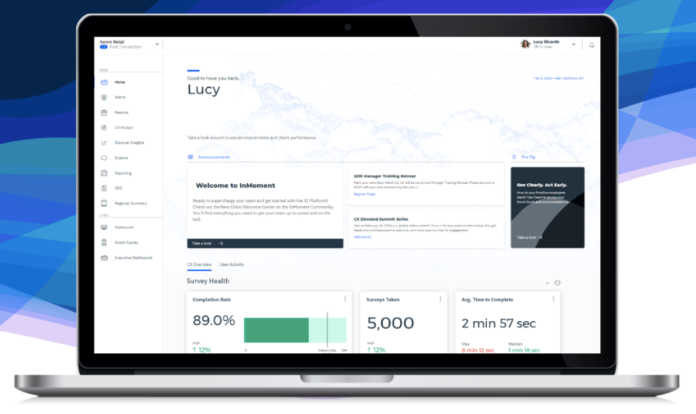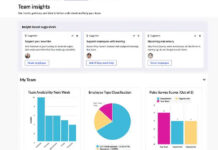
InMoment, a Salt Lake City company known primarily for technology that tracks analyzes data about the customer experience, launched an “Experience Intelligence Platform” that includes an employee experience component.
By creating a separate environment focused on employees, the company said it’s now providing HR with the tools it needs to understand employee perception. That includes examining the role customer experience and outside market play in the equation, an especially interesting approach at a time when more HR professionals and analysts are talking about how employees are often a business’s customers, as well.
InMoment launched an 'Experience Intelligence Platform' with both customer, employee experience components. @WeAreInMoment #HR #HRTech Share on XInMoment said the employee perspective is “an integral part” of an organization’s “experience ecosystem.” For a number of years, the company has espoused the relationship between profitability, customer loyalty and the employee experience, specifically employee satisfaction, loyalty and productivity.
For one thing, the company said its research shows that employees are the single most important factor in driving and maintaining the customer experience. Employees also have a unique perspective on customers, either because they interact with them on the front line or make decisions that impact the dynamics of their customers’ experience.
However, it noted, customer experience and HR professionals rarely work together, and even more rarely share insights that both could put to good use.
InMoment’s new XI (for “experience intelligence”) platform connects its customer, employee and intelligence products in one environment. That simplifies monitoring, researching and sharing information across functions, the company said.
The employee experience (or EX) cloud includes real-time analytics, the ability to search employee feedback for specific topics, survey optimization, A/B testing and a coaching solution for managers.
The platform “gives HR professionals a much more powerful solution to understand and act on employee sentiment,” said Vice President of Experience Intelligence Paul Warner. In addition, it “makes it simple for them to get out of their silo and directly connect and share with their CX colleagues.”
Is Technology the Employee Experience?
“Employee experience platforms,” or at least the term, began getting widespread notice after analyst Josh Berson talked about a “holy war” over the systems employees look to before any others when they’re in search of HR information.
It’s not a question of sexiness so much as utility. As employers focus more on productivity and teamwork, they’ll look for tools that emphasize simplicity. “Our employees are being inundated,” Cliff Howe, manager of enterprise applications at Cox Enterprises, told TechTarget at the 2018 HR Technology Conference and Expo, where Bersin spoke. “We don’t want to hit our employees with too much [technology],”
In February, Bersin wrote that the idea of a single HCM platform “seems to have slipped between our fingers.” He contrasted that with consumer technology, where Google, Facebook and Amazon “have dozens of back-end systems, yet we see a single easy-to-use interface as consumers.” These companies “have abstracted away complexity with the front end layer, so [vendors] must we build a similar architecture for employees in our companies.”
Bersin defines the employee experience platform as “a user-centric software layer” that will provide employees with a single interface to the multiple HR systems so many companies put to use. He suggests that the companies that, for now, have an early-mover advantage in the market are those that provide HR services delivery, such at Ultimate Software’s PeopleDoc, ServiceNow, OnBase or Airframe HR.
If Bersin’s right, startups will have myriad fresh opportunities. Legacy systems are notoriously difficult to unify, even when only the user interface is in play. Workers have certainly become more vocal about the need for easy-to-use tools, and though there’s more to the employee experience than technology, the matching of HCM solution to a workforce’s characteristics will become increasingly important.
Sign up for our newsletter here.
Image: InMoment















